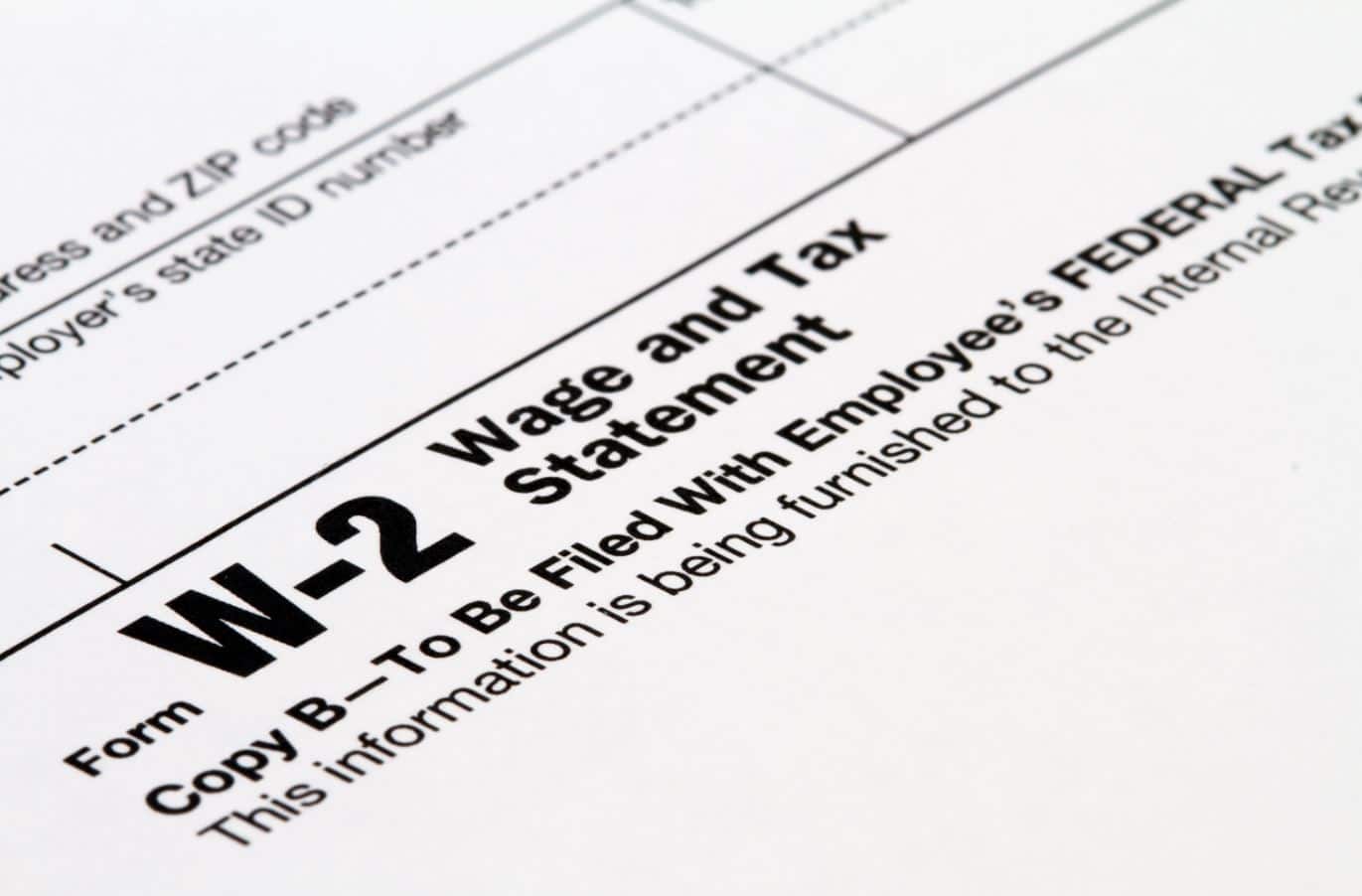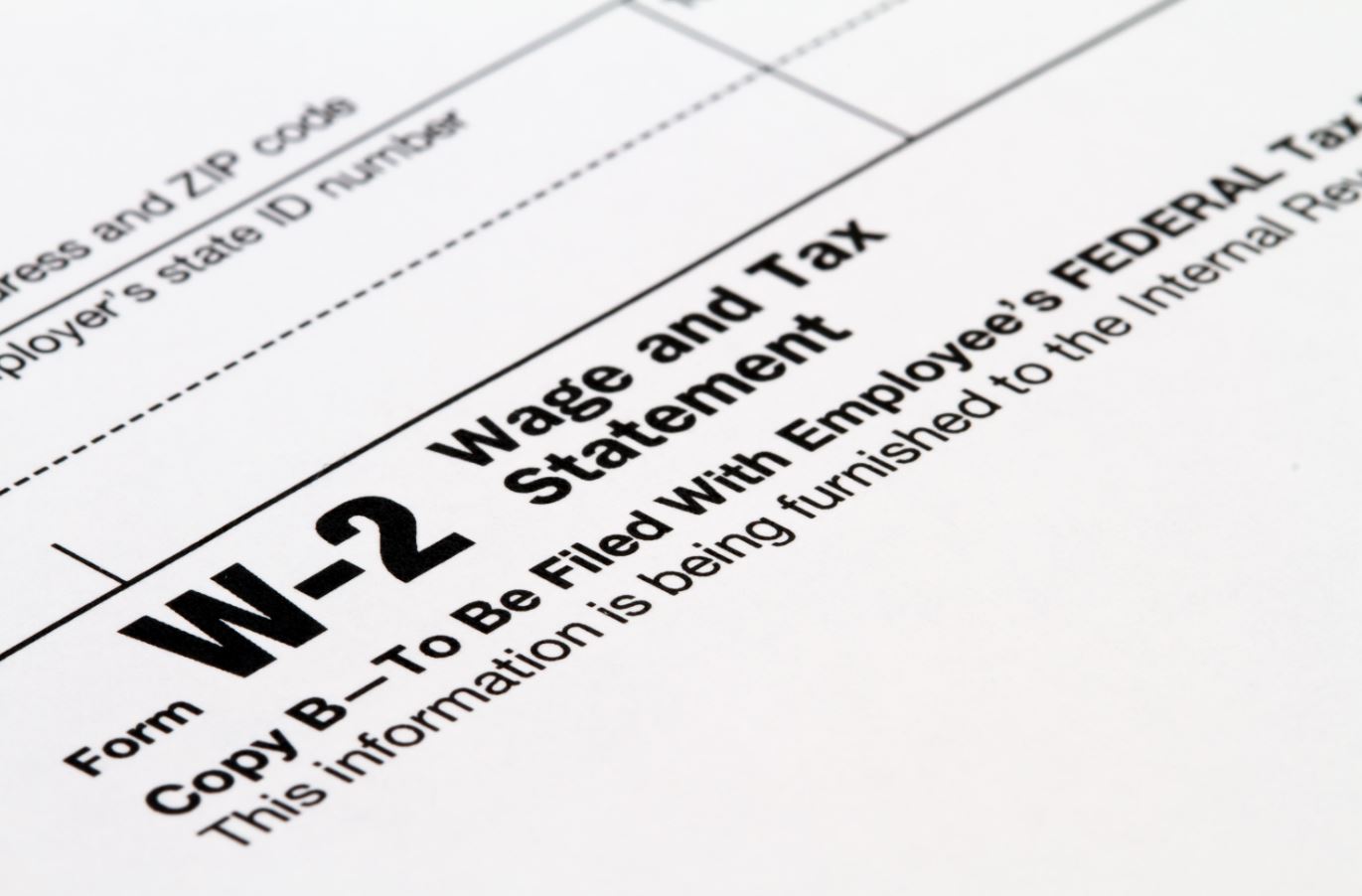FAQs: 1099 vs. W-2 Workers
You will deal with two various tax forms when recruiting employees: 1099s and W-2s. When you hire an independent contractor, you must file a 1099 form to report payments, and employees who had payroll taxes deducted from their compensation must file a W-2 form.
1099 vs. W-2 Workers
Regarding taxes and IRS requirements, there are differences between 1099 and W-2 employees. Workers (W-2 employees) typically enjoy amenities like benefits packages, paid time off, and a fixed income. While independent contractors (1099 workers) typically have to fund their own health insurance and retirement expenses.
What is a W-2?
Every employee who works for your company receives the W-2 tax form, commonly known as the Wage and Tax Statement, at the start of the year. A W-2 summarizes all of your employees' tax deductions and provides information about the withholding they received throughout the year. The data is used by the employee to assess whether they are eligible for a tax refund for an overpayment or whether they still owe the IRS money.
What to Know About W-2s
When an employee is employed or wants to adjust their withholding amounts, they must file a W-4, which is commonly confused with a W-2. if you have paid a worker more than $600 in the previous year. You are required to complete and send this document to all employees by January 31st.
The point of a W-2 is to report important information to the employee, federal government, and the state revenue service including:
- Total income subject to taxation: This is the employee’s wages for the year after pretax deductions. This is what the IRS uses to determine the employee’s tax bracket and total taxes owed on their income.
- FICA and Medicare withholding: Social Security and Medicare aren’t technically taxes since they are payments into services employees receive later in life. They’re withheld separately from federal and state taxes based on each employee’s taxable income.
- Federal tax withholding: This is the amount of money a business withholds from an employee’s pay for the purpose of paying their federal taxes.
- State tax withholding: If an employer has employees who reside in a state that charges an income tax, state taxes are withheld in a similar fashion to federal tax withholding.
- Local tax withholding: In rare cases, employees may reside in a city that enforces a local income tax. If this is the case, taxes might be withheld from an employee’s check for local taxes.
Employers are responsible for sending as many copies of W-2 forms as necessary for both federal and state and local tax filing. It is possible to do this both physically and digitally. In order to comply with federal income tax law, a copy of the W-2 should be filed with the IRS, and a W-3 should be preserved for your own records.
Required Information for W-2s
There are three pieces of information you need to provide a W-2, which should have already been provided when the employee filled out their W-4:
- Employee name: If an employee has recently married or filed for a change of legal name, this needs to be updated.
- Employee address: In cases where an employee has had a change of residence, you need to confirm where to send the W-2.
- Social Security number: It’s important to confirm that the Social Security number you have on record is correct.
What is a 1099?
A 1099 reports an independent contractor’s pay to the IRS while giving that worker a record of their wages, so they can file and pay their taxes.
Independent Contractor Misclassification
Be sure you are classifying workers appropriately to help avoid fines and legal action. When workers are mistakenly classified as independent contractors rather than employees, this is known as employee misclassification.
The IRS looks at three categories to determine whether you hired an employee vs. an independent contractor:
- Behavioral: Do you control what the worker does or how they do their job?
- Financial: Do you control how the worker is paid or whether expenses are reimbursed?
- Type of relationship: Did you hire the employee using a written contract or are you offering employee-type benefits (i.e., insurance, vacation, 401(k), etc.)? Is the relationship permanent or short-term?
What to Know About 1099s
There are several different kinds of 1099s that record income for various purposes, but all 1099s are statements of income made for the year by your business. Companies must disclose any sources of revenue that bring in more than $600 per person per year.
1099s can be Used to Report the Following
- Money paid for contracted services
- Sales commissions
- Payments made to freelancers
- Attorney fees of more than $600
- Rent or lease payments
- Payments made to accountants who are not considered employees
- Pension payments
- Other forms of compensation that can be considered income
Types of 1099 Forms
The 1099-NEC and the 1099-MISC are the two most popular 1099 form kinds among many others. Forms 1099-NEC and 1099-MISC are used to report income for independent contractors and other types of pay, respectively.
Tax Withholding for 1099 Workers
The IRS mandates that businesses transmit a copy of an independent contractor's 1099 to the IRS, Social Security Administration, and state and local tax revenue services, in addition to giving a copy to the contractor or freelancer. They must be submitted by January 31st of each year, just like W-2s.
Employing independent contractors has the benefit of removing the need for firms to withhold taxes. Nonetheless, the form provides areas to indicate tax withholding in the event that a contractor requests that a company withhold tax payments. Because it happens so infrequently that an employer may deduct taxes from wages for contractual work, the value in this box will typically be $0.00.
Knowing the essential distinctions between W-2 and 1099 tax filing can help you classify your employees correctly. Businesses that incorrectly classify employees and fail to submit revenue reports are subject to fines and legal action.
Interested in learning more about payroll and tax services? Contact us today.





.png)

Reply a Comment